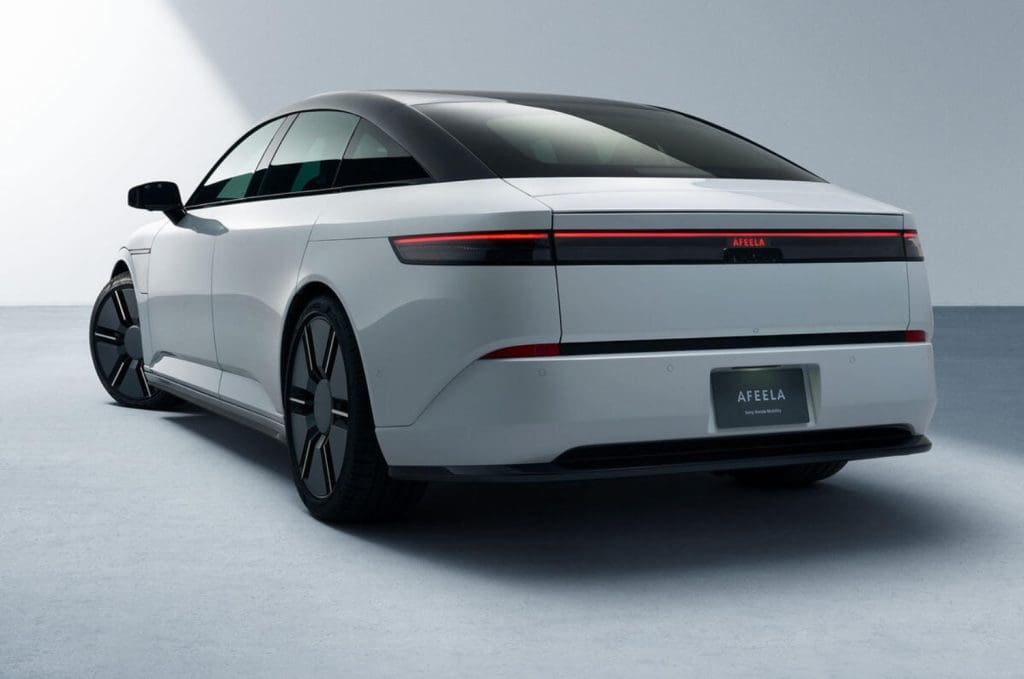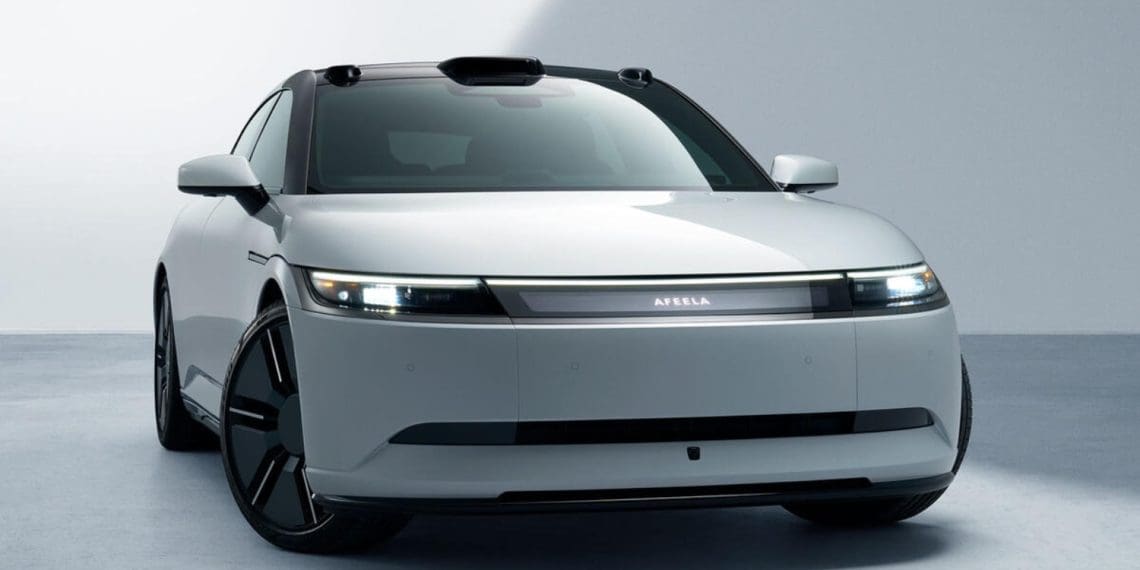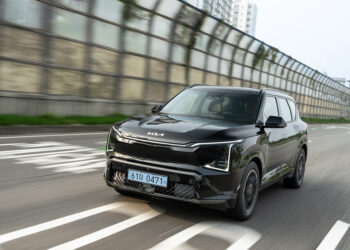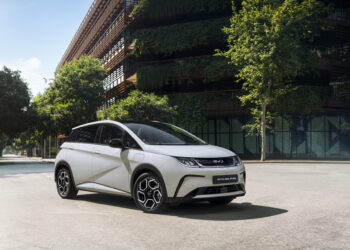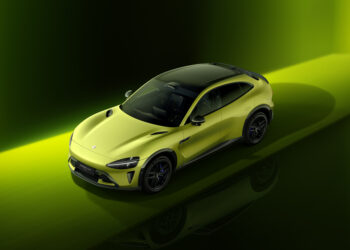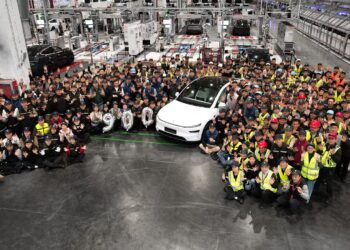At the beginning of 2025, Sony Honda Mobility, a joint venture created from the collaboration between Sony and Honda, took advantage of its presence at the Consumer Electronics Show (CES) in Las Vegas, USA, to showcase an updated version of the Afeela prototype, the 100% electric sedan that is expected to hit the market next year.
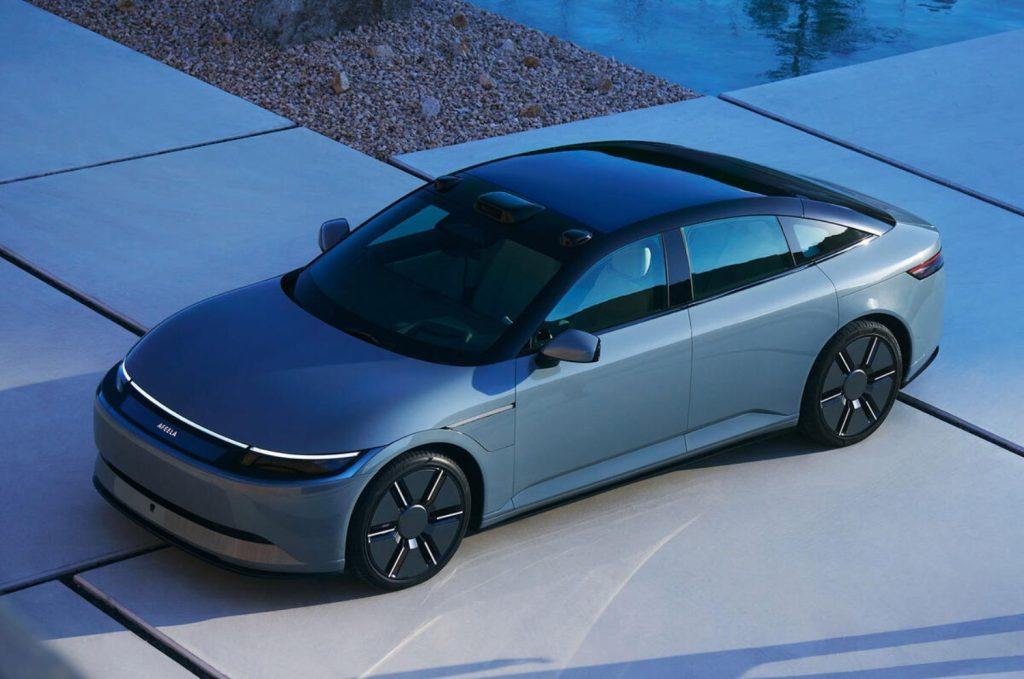
Now, Sony has announced that pre-production testing has already begun at Honda’s factory in East Liberty, Ohio, USA, anticipating the start of production for the Afeela.
“By leveraging Honda’s experience with the additional quality standards of Sony Honda Mobility, we are committed to delivering the design of the Afeela with exceptional precision and refined quality. The journey toward this vision has already begun in Ohio.”, said Shugo Yamaguchi, president and CEO of Sony Honda Mobility of America.
During the pre-production testing phase, the engineering team is testing the compatibility of parts, the accuracy of assembly, and the quality of paint to ensure that everything will be ready when production is scheduled to start next year.
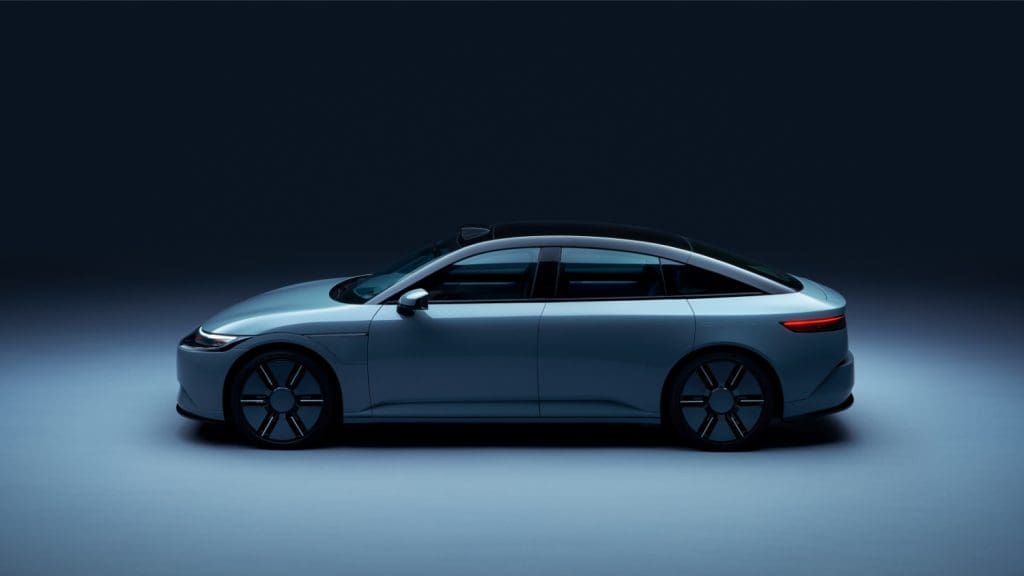
According to Honda, the information gathered from the tests is already allowing for improvements to be made to the Afeela, while the Ohio factory is being prepared to receive production of the 100% electric model.
It is already known that the Afeela has a length of 4915 mm and a wheelbase of 3000 mm. In addition, it is equipped with 40 sensors: cameras, Lidar, radar, and ultrasound. The control unit that processes the sensor data has a computing power of 800 TOPS and uses Artificial Intelligence algorithms to control the advanced driver assistance systems (ADAS).
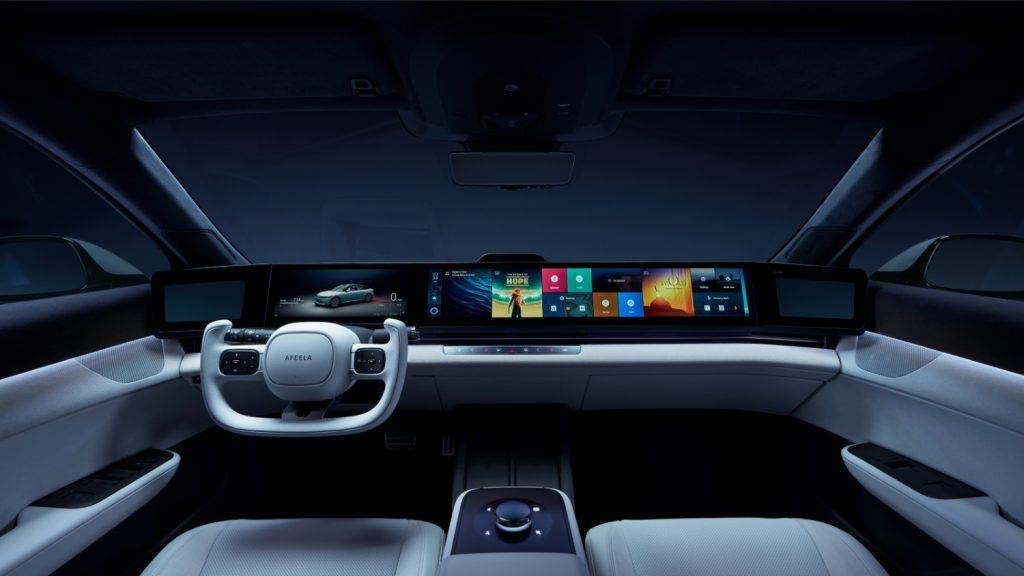
The Afeela also features a state-of-the-art infotainment system, with Qualcomm responsible for the Snapdragon chips and Epic Games for the Unreal Engine graphical interface, for the creation of new solutions.
In terms of powertrain, the Afeela uses two electric motors, one per axle, each delivering 245 hp, powered by a 91 kWh lithium-ion battery, although the range provided by the battery, which can be charged up to 150 kW, has not been revealed.
